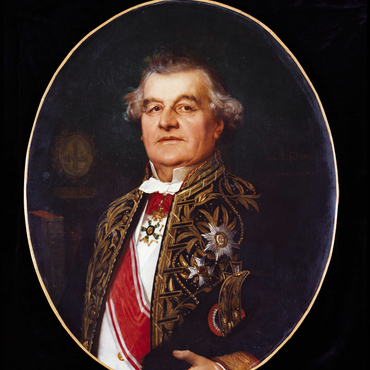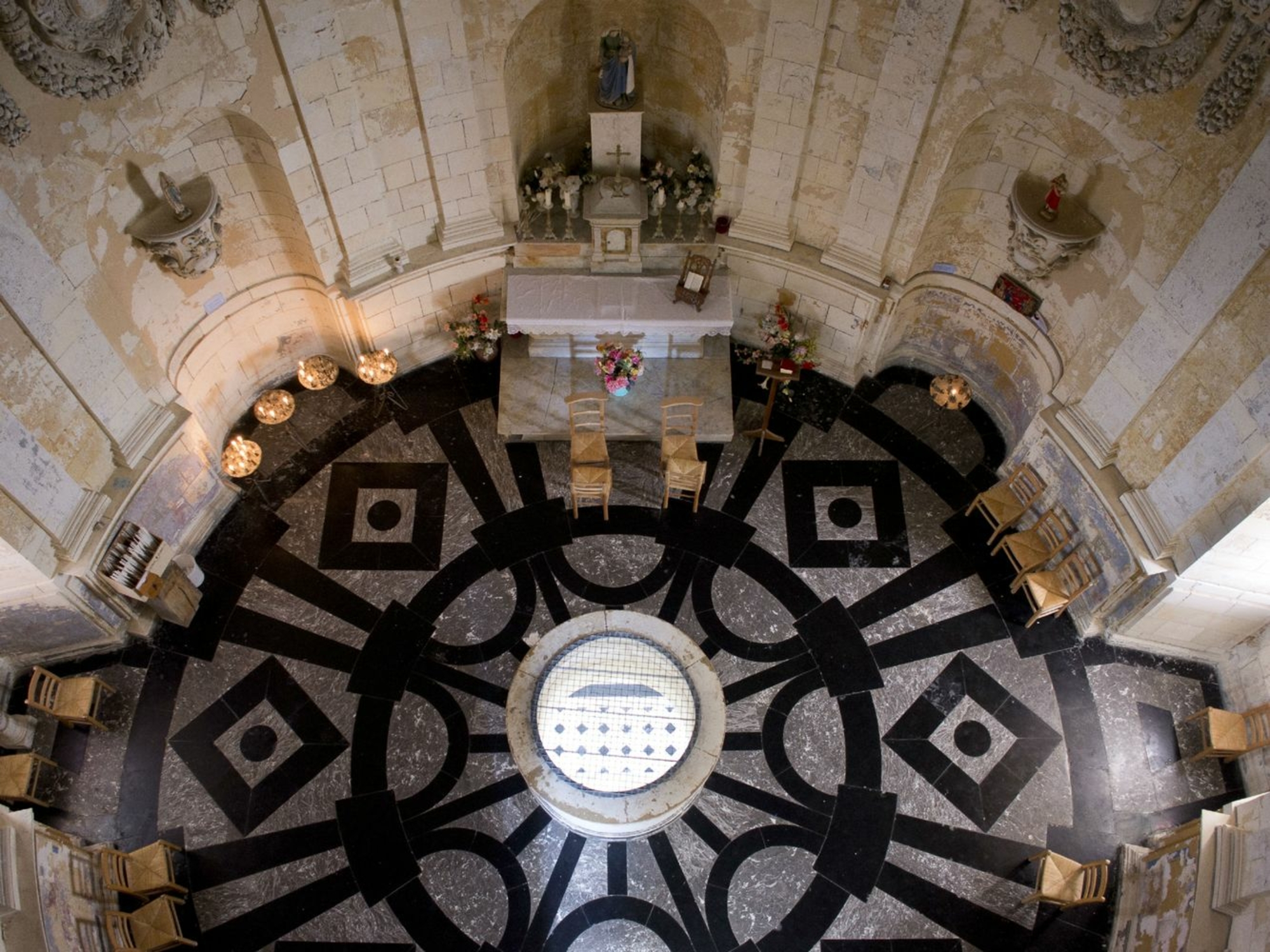
- Home
- King of Lighthouses
- A maintained monument
- Léonce Reynaud and Cordouan
Among the busts that adorn the King’s Chamber in Cordouan, one of a gentleman with wavy hair stands near those of the physician Fresnel, the hydrographer Beautemps-Beaupré and the engineer Léon Bourdelles. It is Léonce Reynaud (1803–1880), architect, engineer and director of the Lighthouse Service. After successfully completing a site in Héaux-de-Bréhat (1840), Reynaud took over from Léonor Fresnel as Secretary of the Lighthouse Commission. For four decades, he set the policy for lighting France's coastlines during a period of large-scale construction. Reynaud reformed lighthouse architecture, paying particular attention to how lighthouse keepers were housed, both in the large towers as well as in more modest lighthouse-houses. He was passionate about the history of architecture and deeply admired Cordouan, a subject he dealt with at length in his Traité d'architecture (1858?) and in his Mémoire sur l'éclairage et le balisage des Côtes de France (1862). In the year it was granted historic monument status, Reynaud wrote, "Of all of the monuments that are devoted to maritime lighting, Cordouan is the most remarkable in terms of its generous proportions and its rich decor." Reynaud went on to say that in his own period, he did not have the luxury of undertaking such a construction. Nineteenth-century lighthouses were built for public use, simple and sturdy, and without frills. No doubt he envied his predecessor, Louis de Foix...





